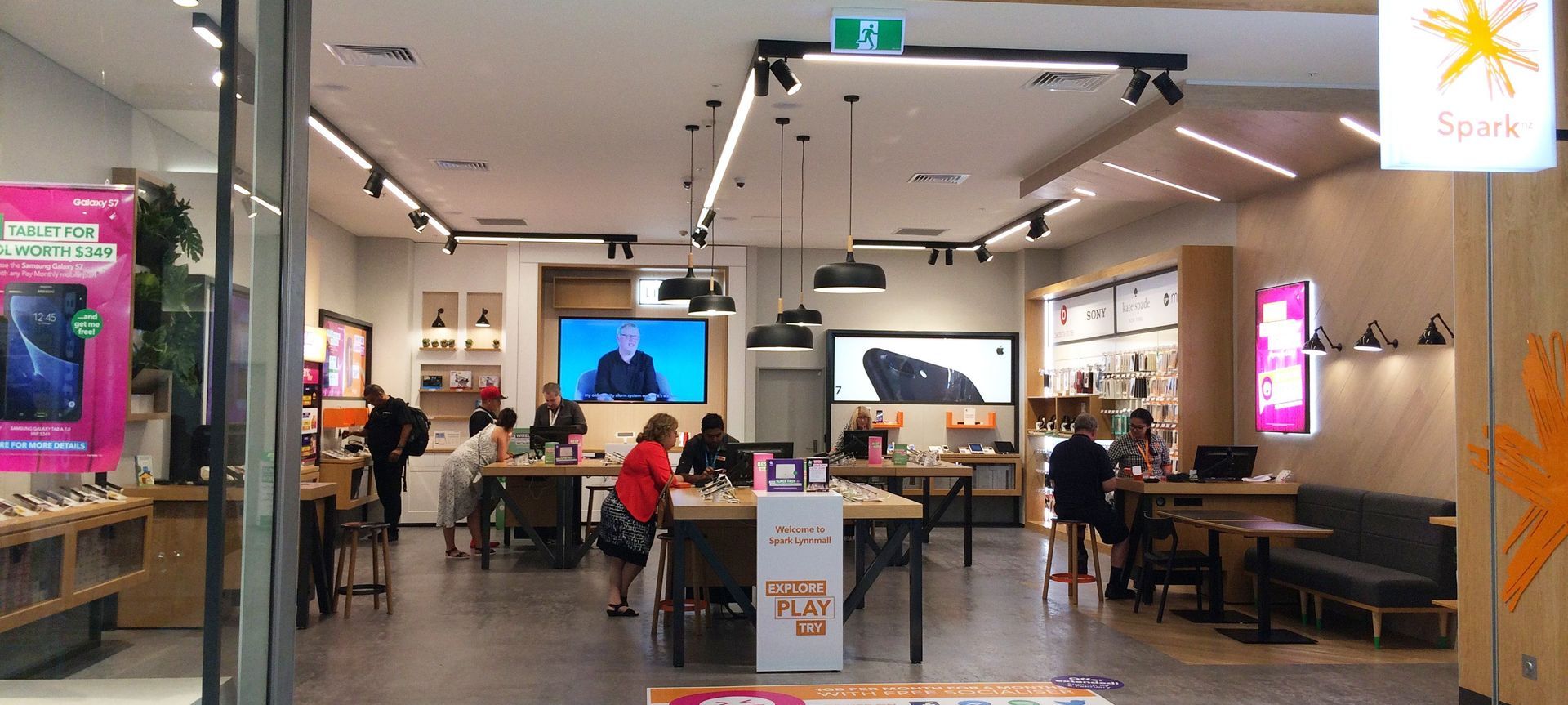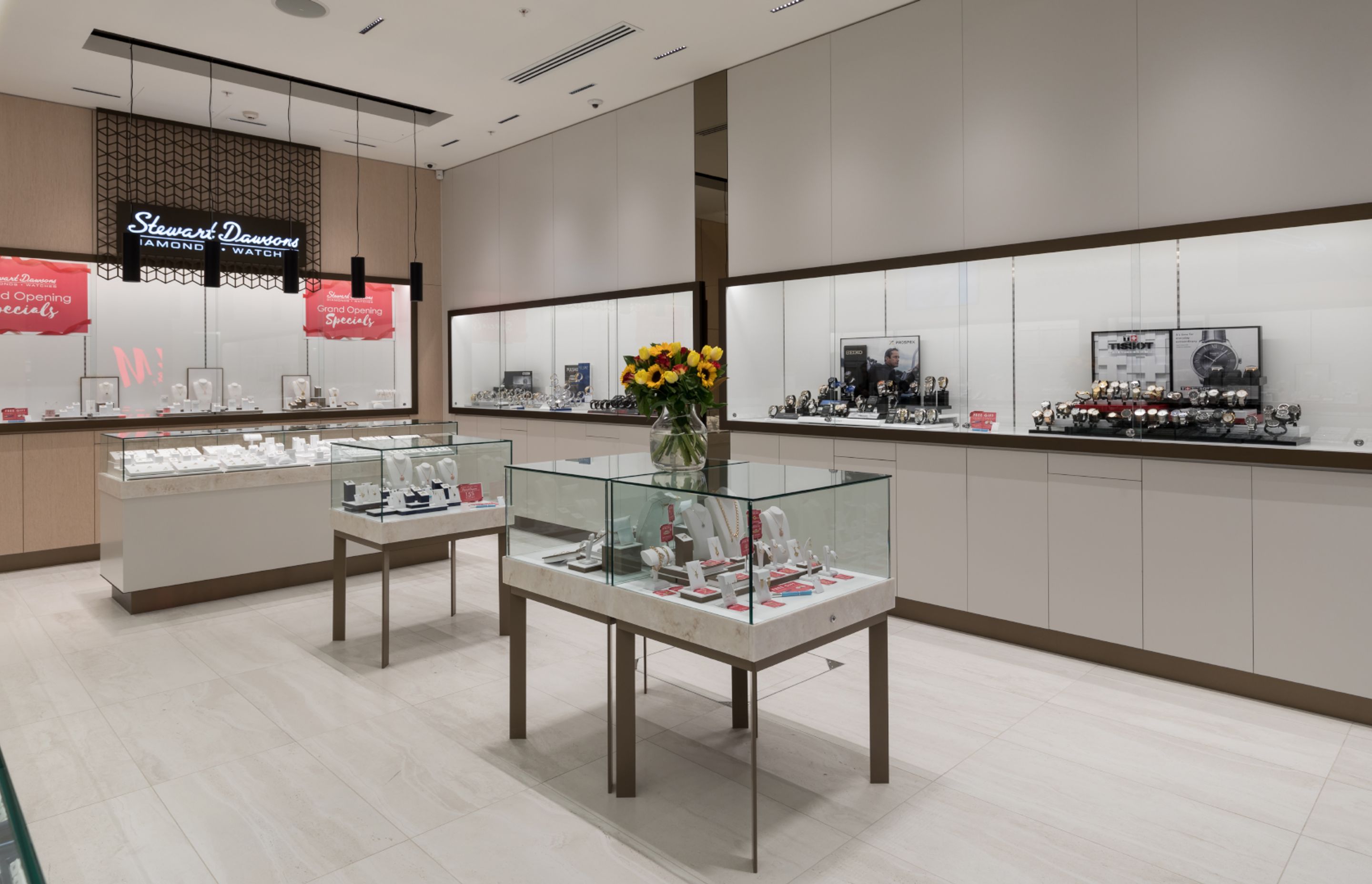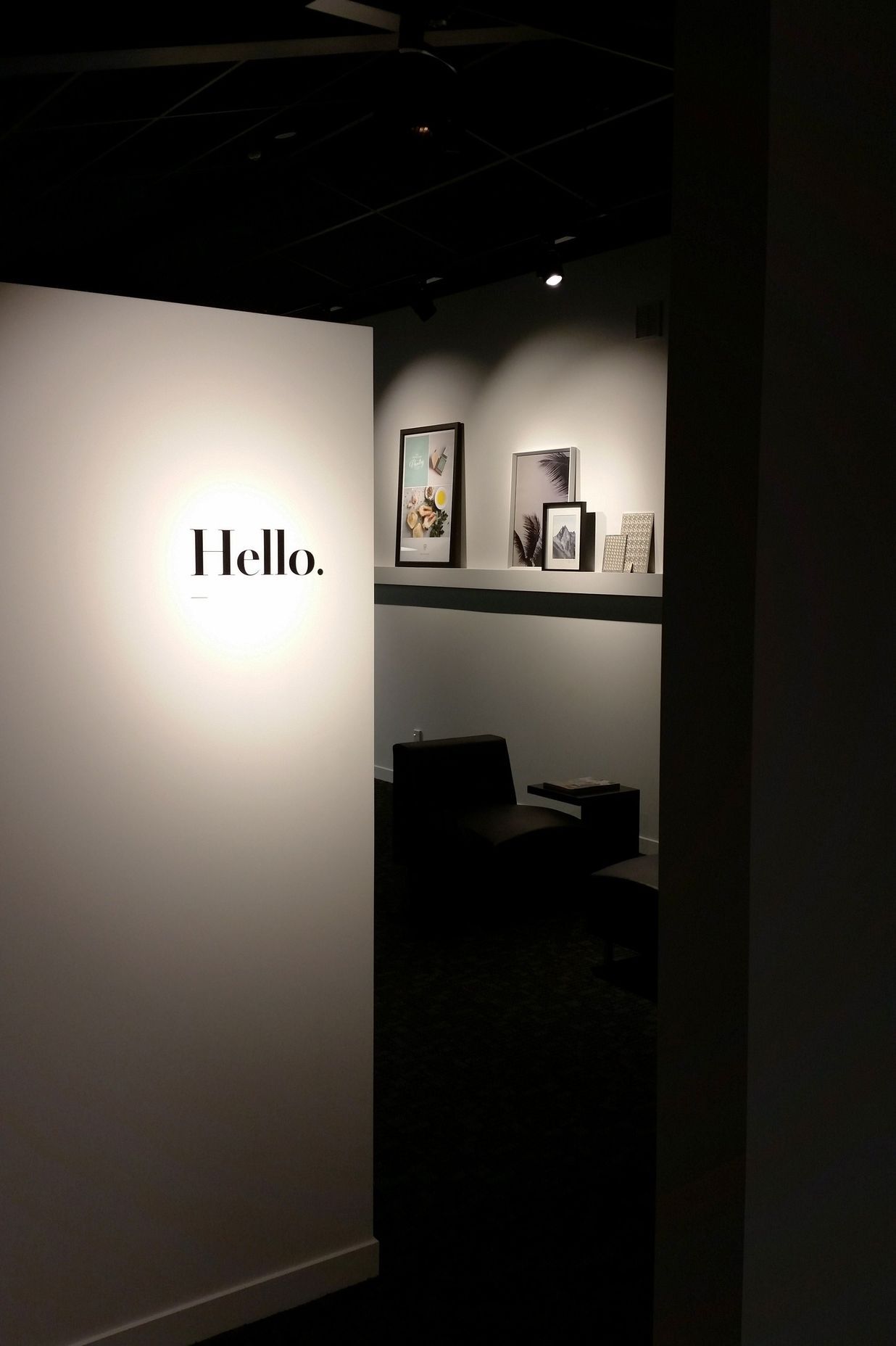Retail therapy: using lighting for that feel good factor
Written by
15 June 2020
•
5 min read

With the advent of the shopping mall in New Zealand in 1963, the way we shopped changed forever and now, 55-plus years later, the mall has become the go-to space for our retail experience.
Ensuring your retail space stands out from the crowd and tempts shoppers over the threshold starts with a well-designed lighting plan, says lighting designer Tim Coomer of Lightplan.
“There is truth to the saying that first impressions count and when you’re trying to compete against other retailers on a crowded concourse, you need more than just brand awareness to drive customers to your space.
“It may not be obvious at first glance but there is a definite hierarchy when it comes to lighting a retail space so that customers are not only drawn to your shop but also feel compelled to spend money in it.”

The light at the end of the tunnel
There are three basic types of lighting that work together—General, Accent and Task. A good lighting plan combines all three types to light an area, according to function and style.
General Lighting provides overall illumination, enabling one to see and walk about safely. Accent Lighting is used to highlight the retail entry, spotlight individual items and to add drama to the space. Task lighting enables staff to carry out their main duties, such as serving at the register, it should be bright enough to prevent eye strain.
“Generally speaking, in a retail environment, illuminance on the floor shouldn’t drop below 30 per cent of the brightest area in the space, enough to help people navigate their way without needing to pay too close attention to wayfinding, afterall you want them to be looking at your product.
“At the point of entry, you want the lighting to be three times that, this is what is going to grab the attention of the shoppers. Once they’re inside, you’re going to want your accented items to be highlighted in a similar manner to draw them through the store. Lastly, just as it’s important to create an experiential event for your customers, the space needs to be comfortable to work in for your staff, hence the right level of task lighting,” says Tim.

The science behind the optimal lighting design
“There are two acronyms in lighting design that are the benchmark for creating the right scheme—CRI and CCT,” says Tim.
“CRI (colour rendering index) refers to the quality of the light and its ability to reveal the ‘true’ colour of an object in comparison to that experienced under natural light.
CCT (correlated colour temperature) relates to the perceived ‘temperature’ of the lighting used. Generally expressed in kelvin units and most commonly with phrases such as ‘cool light’ and ‘warm light’. The temperature of lighting invokes a primitive response in us as it tends to correlate to the variances in light that we naturally experience throughout the day.
“Successful integration of both of these standards will create a space in which customers feel most at ease and will be willing to spend extended periods of time within the retail space.”
The team at Lightplan has the experience and expertise to design the right lighting plan to optimise your customers’ experience. Utilising cutting-edge lighting software they create a scheme incorporating a combination of lighting products and styles and from this construct a ‘heat map’ that accurately details the coverage of all lighting products throughout the space.
“The benefit of a professionally produced lighting plan is that future proofing is built in. Most retail spaces will require an element of adaptability in order to keep up with changing floor plans as stock is swapped out either seasonally or periodically and a lighting plan that can easily keep up with those changes will help minimise cost overheads,” says Tim.
...you are selling an experience as much as you are a product, which is why we always recommend talking with a qualified lighting designer.
Leave it to the professionals
“The most common mistake we see in retail lighting is failing to account for flexibility, both in terms of the lighting plan and the type of luminares chosen,” says Tim.
“I can 100 per cent guarantee that, as with most things, when it comes to lighting you get what you pay for and while it may be tempting to ascribe a generic plan using generic products, this will end up costing you more in the long run through having to make replacements more often and not having the flexibility to adapt the lighting plan.
“High-quality luminares used in conjunction with a customised lighting plan will not only establish the right mood but will ensure that your retail space maintains that elusive quality that keeps customers coming back—you are selling an experience as much as you are a product, which is why we always recommend talking with a qualified lighting designer.”
Learn more about effective lighting design.